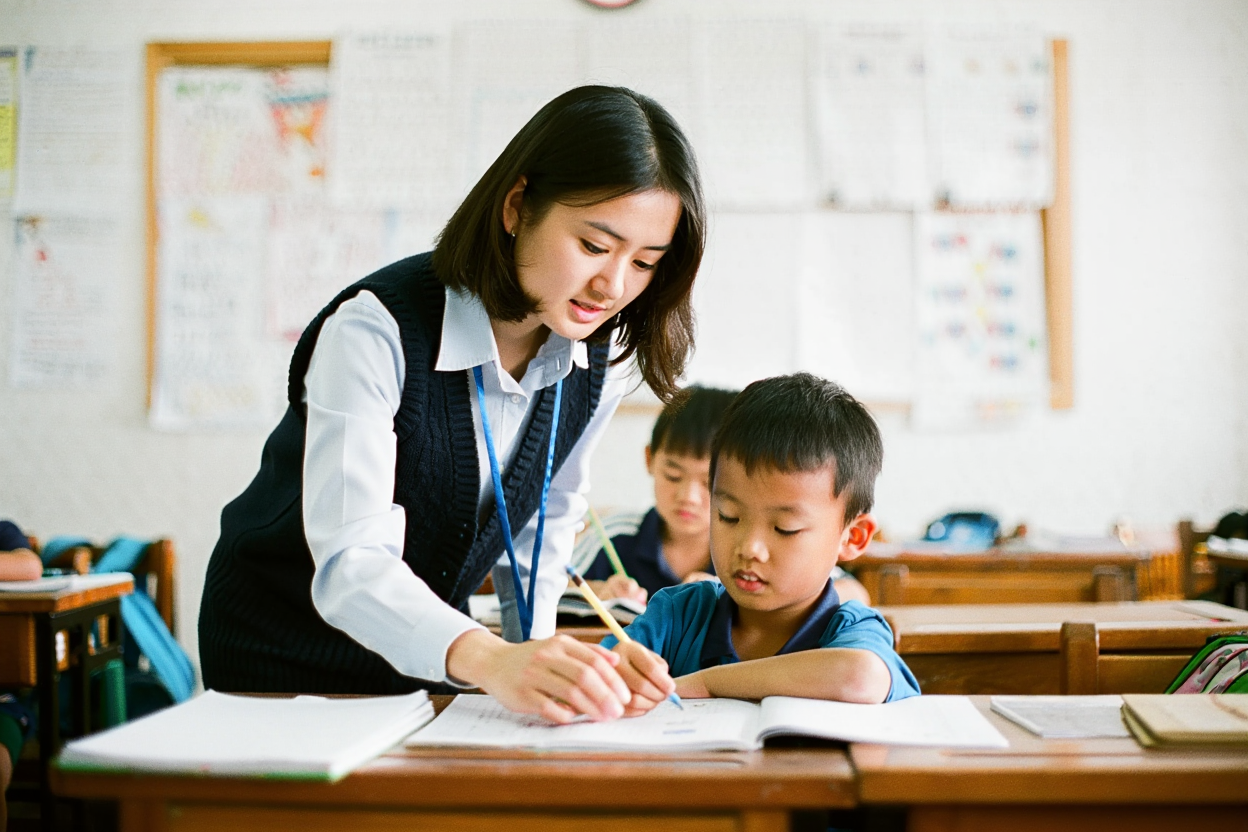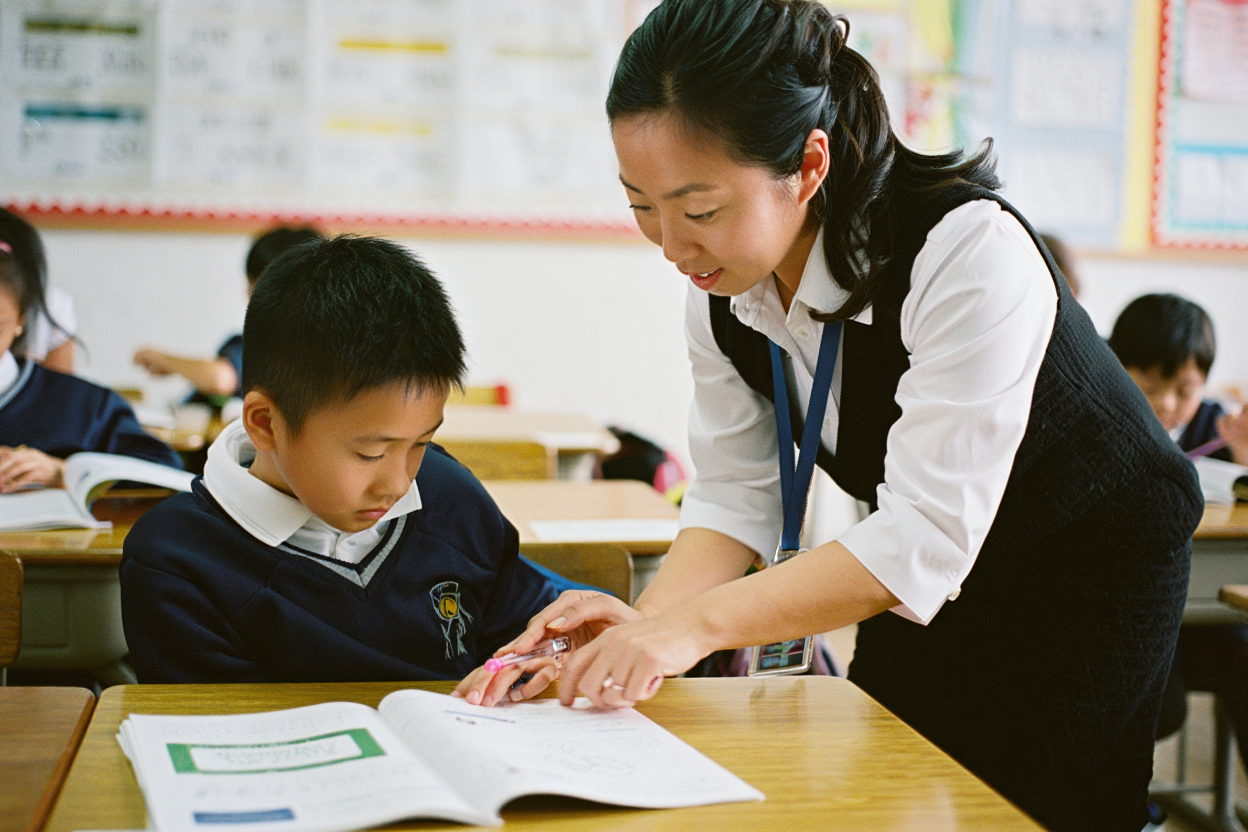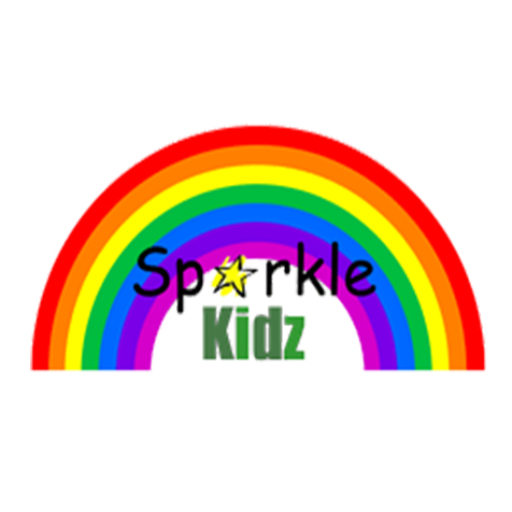10 Amazing Benefits of Student Care Singapore -Ultimate 2025 Guide
Introduction
If you’re a busy parent in Singapore, you’ve probably typed “student care singapore” into a search bar at least once. And you’re not alone. Since the Ministry of Education (MOE) mandated that every primary school host a School-Based Student Care Centre (SCC) by 2020, demand has soared, with more than 403 SCCs administering fee assistance to 48 000 places annually data.gov.sg. Today, these centres are not just a convenient after-school holding area; they’re an integral cog in the nation’s holistic education ecosystem, offering academic support, enrichment and socio-emotional development in a safe, nurturing environment.
History & Evolution

Student care first took root in the 1990s when social service agencies piloted community-based programmes in rental flats. Over the next three decades, government investment, parental workforce participation and a national pivot toward work-life harmony fuelled rapid growth. A turning point came in 2013, when the Ministry of Social and Family Development (MSF) formalised the Student Care Fee Assistance (SCFA) scheme, lowering fees for low- and middle-income families. By April 2025, subsidy quanta rose to up to S$290 per month for full-day care and a one-off Start-Up Grant of S$400 per child msf.gov.sg. This trajectory reflects Singapore’s broader social compact: no child should be left without safe, enriching supervision after class.
What Makes Singapore Unique
Three factors set Singapore apart:
- Universal School-Based Access – All 185 primary schools now have on-site SCCs Ministry of Education, eliminating commute time and security worries.
- Strong Regulatory Backbone – Dual oversight by MSF (licensing, subsidies) and MOE (pedagogy alignment) ensures quality.
- Multicultural Pedagogy – Programmes weave in SEL competencies, bilingual literacy and racial harmony days, mirroring the national ethos.
Types of Student Care Centres
School-Based SCCs
Housed within school compounds, these centres share facilities like libraries, halls and canteens. Being steps away from classrooms means homework supervision begins immediately, boosting completion rates and easing parents’ evening routines.
Community-Based SCCs

Operated by Social Service Agencies (SSAs) or private firms, these hubs often serve neighbourhood clusters. They may open before school, cater to older siblings (up to Sec 2) and run Saturday camps. Fees range from S$200–S$450, though SCFA subsidies apply to MSF-registered centres.
Special Student Care Centres (SSCCs)
Designed for children with mild-to-moderate special educational needs (SEN), SSCCs maintain lower child-to-staff ratios and provide on-site therapists. From 1 April 2025, MSF introduced an enhanced operator grant to help SSCCs defray higher staffing costs msf.gov.sg.
Core Services Offered
Academic Supervision
Trained mentors oversee daily homework, spelling drills and project-based learning. Some centres adopt MOE’s SAIL (Strategies for Active, Independent Learning) framework, promoting self-regulated study habits.
Values & Character Education
Weekly SEL modules teach empathy, conflict resolution and digital citizenship. Centres often collaborate with school counsellors to reinforce values highlighted in the classroom.
Nutrition & Health Care
Balanced lunches adhere to Health Promotion Board calorie guidelines, while afternoon snacks feature fruit, whole grains and calcium-rich milk. Sick bays and rest corners allow quick isolation if a child feels unwell.
Financial Assistance & Subsidies
SCFA Overview
The SCFA scheme is the cornerstone of affordability. Depending on monthly Gross Household Income (≤ S$2 000) or Per-Capita Income (≤ S$650), families can receive up to S$290 off monthly fees and S$400 for uniforms and registration msf.gov.sg.
Eligibility & Application
Parents apply through the centre, submitting payslips, CPF statements, or proof of job search. MSF’s streamlined assessment protocol auto-approves families already on ComCare aid, shortening wait time to two weeks.
Subsidy Quantum Breakdown
| Income Tier | Monthly Fee (Typical) | Max Subsidy | Parent Co-payment |
|---|---|---|---|
| ≤ S$1 500 | S$295 | S$290 | S$ 5 |
| S$1 501–2 000 | S$295 | S$195 | S$100 |
| > S$2 000 | S$295 | – | S$295 |
(Illustrative figures, based on SCFA Handbook 05/2025) msf.gov.sg
Regulatory Framework & Quality Standards
MSF Licensing
All centres must register under the Child Care Centres Act, comply with space ratios (3 m² per child), staff training hours and annual fire-safety audits.
MOE Guidelines & Monitoring
School-based SCCs sign a three-year service contract with MOE. Performance indicators include parent satisfaction (> 85 %), homework completion (> 90 %) and incident-free records.
Child Development Benefits
Social-Emotional Learning (SEL)
Daily circle-time sessions build confidence, empathy and resilience—skills the MOE’s 2025 Curriculum Philosophy highlights as prerequisites for future-ready citizens Ministry of Education.
Executive Function Skills
Board games, coding challenges and project fairs cultivate planning, working memory and impulse control—vital for PSLE preparation and lifelong learning.
Special Educational Needs Support
Inclusion Strategies
Visual schedules, sensory corners and social stories enable children with ASD or ADHD to thrive alongside peers.
Staff Training & Resources
Under MSF’s 2024-2026 roadmap, at least one caregiver per SSCC completes SEN Fundamentals, with access to itinerant therapists for complex cases Ministry of Education.
Holistic Enrichment Programmes
Arts & Sports
Centres partner with ActiveSG for futsal clinics and local arts groups for batik painting, nurturing creativity and motor skills.
STEM & Digital Literacy
Robotics labs and micro:bit clubs expose Primary 3-6 students to coding, supporting the nation’s “Digital for Life” movement.
Safety, Well-being & Environment
Physical Safety Standards
Temperature checks, haze contingency plans and emergency drills ensure children remain protected even during PSI > 100 days Ministry of Education.
Mental Health Support
Mindfulness breathing, journaling and peer buddy systems tackle exam stress culturally prevalent in upper primary years.
Parental & Community Engagement
Communication Channels
Mobile apps push real-time updates—attendance, photos, behavioural notes—helping parents stay connected despite long work hours.
Volunteer & Community Partnerships
Libraries, grassroots centres and corporate CSR teams run reading circles and financial literacy workshops, enriching the SCC curriculum.
Choosing the Right Centre
Needs Assessment
List your child’s non-negotiables—SEN support, music lessons, halal meals—before shortlisting centres.
Site Visits & Questions to Ask
Ask about staff-child ratios, discipline policy and emergency protocols. Observe snack menus and homework routines.
Future Trends (2025-2030)
Tech Integration & AI Tutors
Centres pilot AI homework bots that give instant feedback, freeing mentors to focus on higher-order coaching.
Sustainability & Green Centres
Rooftop gardens and upcycled furniture teach eco-stewardship, in step with Singapore’s Green Plan 2030.
Flexible Hybrid Care Models
Part-day or virtual homework sessions support gig-economy parents who work hybrid hours.
Case Studies & Success Stories
School-Based Example: North View Primary SCC
Attendance jumped 30 % after the SCC added robotics clubs; Math scores rose an average of 12 % within a year.
Community-Based Example: PCF Telok Blangah SCC
Partnering with a nearby nursing home, students conduct monthly inter-generation art jams—boosting empathy and language proficiency.
Common Challenges & Solutions
High Demand & Waitlists
Apply six months before Primary 1 registration. If slots are full, consider interim private babysitting or apply for centres in neighbouring estates.
Managing Screen Time
Many SCCs adopt “Digital 5” rules: devices only after homework, max 30 min gaming, edu-apps preferred, no violent content, and weekly parent tracking.
FAQs
- How much does student care singapore usually cost after subsidies?
With SCFA, families earning ≤ S$1 500 may pay as little as S$5–S$10 monthly. Community centres average S$50–S$80 post-subsidy msf.gov.sg. - Is every primary school guaranteed a spot?
Spaces are finite; early application is essential, but MOE requires each school to offer an SCC Ministry of Education. - Can my child with mild ASD join a mainstream SCC?
Yes. Many SCCs run inclusion programmes; otherwise SSCCs provide specialised care. - Are meals halal or vegetarian friendly?
Centres regularly cater to diverse diets; always confirm menus during site visits. - What happens during school holidays?
Centres operate full-day, 7 a.m.–7 p.m.; SCFA can cover holiday surcharges in Mar, Jun, Sep, Nov & Dec msf.gov.sg. - Where can I view the full list of MSF-registered centres?
Download the latest directory on the MSF website (PDF updated Mar 2024).
Conclusion
Student care singapore is no longer a “nice-to-have” but a strategic partner in your child’s academic and personal journey. By blending structured homework time, enrichment and character education within a safe, regulated setting, SCCs equip children to thrive in a fast-changing world. Use this 2025 guide to evaluate options, tap subsidies, and select the centre that aligns with your family’s needs. Your proactive choice today lays the foundation for your child’s resilience, curiosity and future success.
You may contact whatsapp 93253855 for more information.
